French toasts: much more than a sweet, a symbol of Christmas (and its recipe)!
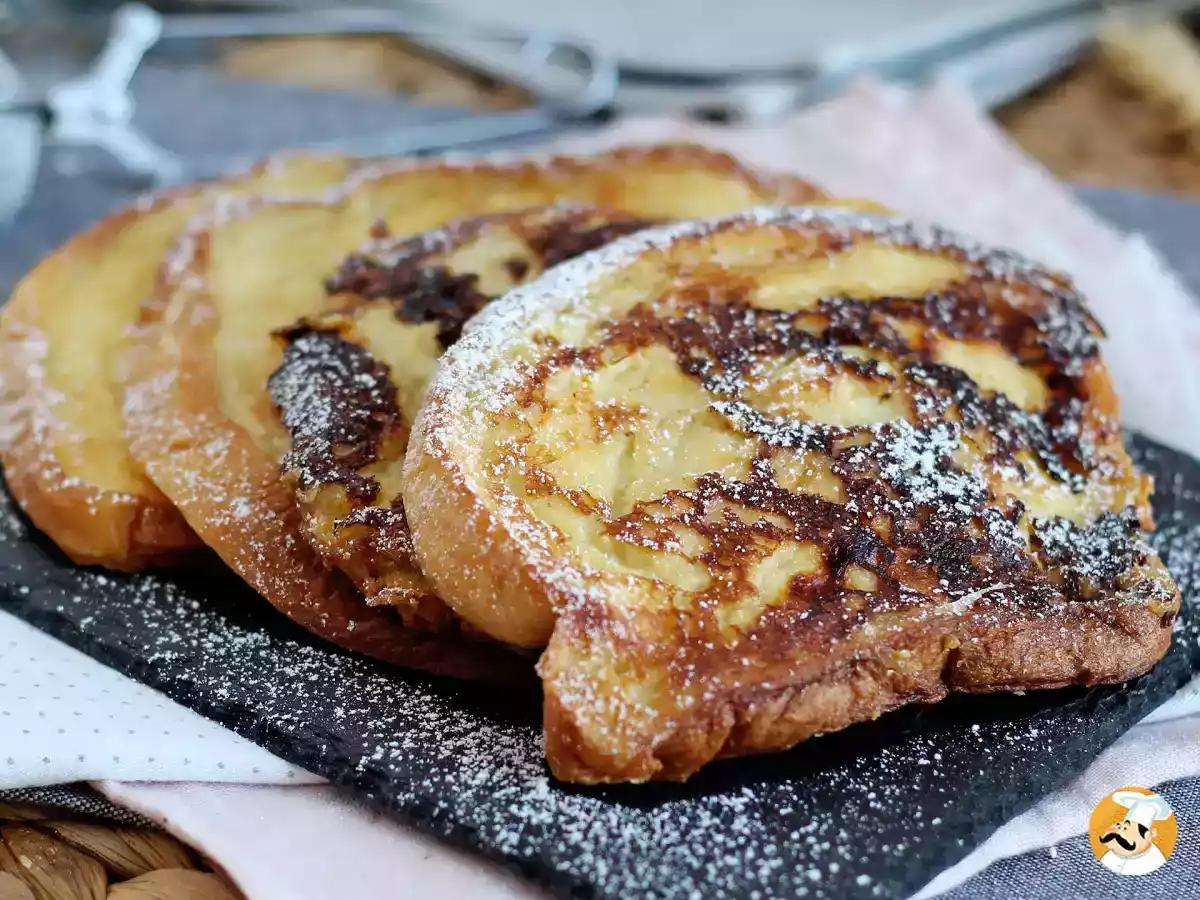
The French toast (golden slices) is a delicacy that transcends generations and cultures, delighting palates with its simplicity and unique flavor. Today, it is a must on the Christmas table in many countries, especially in Brazil and Portugal. But where does this tradition come from? And how did such a simple dish become a symbol of Christmas festivities? Let's explore its history and learn how to prepare this delicacy.
The origin of the French toast
The French toast has a modest and ancient origin. Historical accounts suggest that it first appeared in Europe, probably in the Middle Ages, as a creative solution to make use of leftover hard bread. It was a way of avoiding waste, especially in difficult times, by transforming stale bread into a tasty dish.
In Portugal, it is known as fatias douradas or fatias de parida and there are records of similar recipes in 15th century books. The name fatias de parida refers to the idea that the dish was served to nourish women who had just given birth, due to its caloric value and easy digestion.
The basic idea of the recipe crossed borders, reaching countries such as Spain, where it is called torrija, and France, which gave rise to the famous pain perdu (literally "lost bread"), which shares the essence of toast, but with some variations.
How did French toast become a Christmas tradition?
The association of French toast with Christmas has cultural and religious roots. In medieval Europe, bread had a deep Christian symbolism, being considered the "body of Christ" in Eucharistic celebrations. During the Christmas festivities, rabanada was a way of bringing symbolism to the table, uniting simplicity and celebration.
During Colonial Era, early European settlers brought their bread pudding-like recipes to America. These likely evolved into what we now know as French toast.
In the 18th Century, the name "French toast" started appearing in American cookbooks, possibly due to the popularity of French cuisine at the time or perhaps a simple naming error.
In Brazil, the rabanada arrived with the Portuguese and gained a place at the end-of-year celebrations due to its practicality and affordability. As Christmas falls in the Brazilian summer, rabanadas are now served cold, usually sprinkled with sugar and cinnamon, which makes them a light and delicious dessert for the hot weather.
What's more, the idea of using up the previous day's bread fits in perfectly with the Christmas spirit of renewal and gratitude, reinforcing the link between rabanada and Christmas celebrations.
The traditional French toast recipe
The French toast recipe is simple and versatile, allowing for variations to suit different tastes. Here's the classic version:
Ingredients:
- 1 loaf of stale French bread (or bread suitable for French toast, such as brioche)
- 2 cups of milk
- 2 eggs
- 3 tablespoons sugar
- 1 teaspoon vanilla essence (optional)
- Oil for frying
- Sugar and cinnamon for sprinkling
Directions:
- Cut the bread into medium slices (about 2 cm thick).
- In one bowl, mix the milk, sugar and vanilla essence. In another, beat the eggs until smooth.
- Dip each slice of bread into the milk mixture, letting it absorb the liquid well, but without breaking it up. Then coat the slices in the beaten egg.
- Heat the oil in a frying pan and fry the slices until golden brown on both sides. Remove and place on a paper towel to drain off the excess oil.
- Sprinkle sugar and cinnamon to taste and serve warm or cold.
Modern variations
Although the traditional French toast is fried, there are lighter and more modern versions, such as the baked French toast, which is prepared in the oven, or the stuffed version, with dulce de leche, hazelnut cream or fruit. There are also vegan options, which replace the milk with vegetable drinks and the egg with cornstarch or linseed mixtures.
A sweet that unites generations
French toast is much more than just a dish; it carries emotional memories, traditions and family stories. With every bite, it connects us to the past, to the idea of sharing and celebrating, and to the Christmas spirit that values love and generosity.
So the next time you enjoy a French toast, remember that it's more than just a dormant loaf reborn in flavor; it's a symbol of unity, care and celebration that transcends time and space. Merry Christmas and bon appetit!
The recipes are here
Just click. Enjoy your meal!
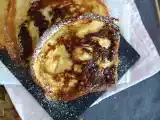
Lost brioche, soft and crispy
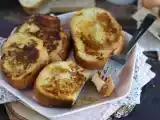
French toast, the real recipe - video recipe !
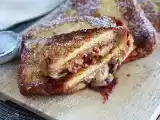
French toast with peanut butter and jelly
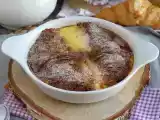
Baked french toast croissants

Cheesecake and french toast bars
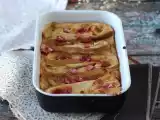
Baked french toast with pink pralines topping - ultra indulgent recipe

French toast omelette sandwich - egg sandwich hack
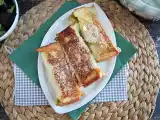
Savory french toast rolls with pesto
 Mirella Mendonça
Mirella Mendonça
Comments